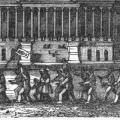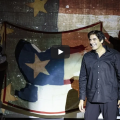The Phantom Violins
When Sidedoor listener Cliff Hall bought a used violin, he found a tattered note tucked alongside the century-old instrument. Obsessed with this cryptic piece of paper, Cliff’s quest to find the owner of the violin unlocked a tale of subterfuge, scandal, and the Smithsonian’s first donation of rare instruments.
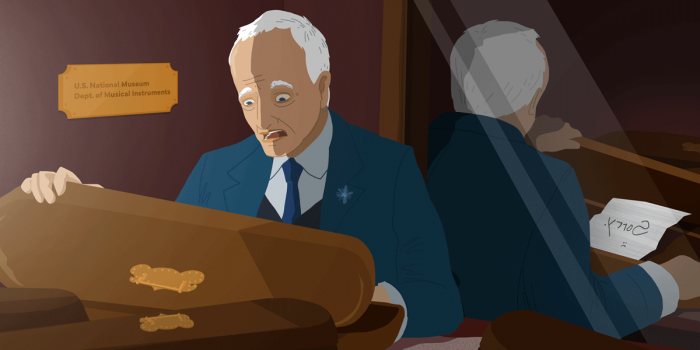
The Office of Communications and External Affairs and Smithsonian Digital Studio are excited to announce the return of Sidedoor, the Smithsonian’s flagship podcast, for a ninth season. Every two weeks, the show will share behind-the-scenes stories from every corner of the Smithsonian that listeners cannot find anywhere else.
The season kicks off with a musical tale of high drama involving the Smithsonian’s first Stradivarius violins. The premiere episode, “The Phantom Violins,” showcases a bequest in the 1920s that rocked the classical music world and launched a debate that still echoes through the practice rooms and concert halls of cultural institutions more than a century later. The episode features the Smithsonian Chamber Music Society and Smithsonian Libraries and Archives, and it was inspired by an engaged listener who emailed the story idea! Season nine of Sidedoor will feature 15 episodes covering a wide range of topics, including the persistent issue of light pollution, art from India’s Royal Udaipur that depicts the importance of monsoons, and the story of an astronaut who ran the Boston Marathon…in space.
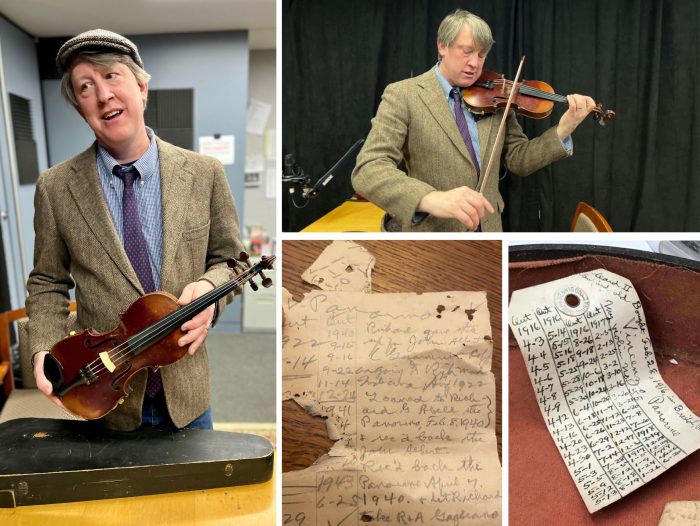
Photographs by James Morrison.
Guests
- Deborah Shapiro, reference archivist at the Smithsonian Institution Archives, Smithsonian Libraries and Archives
- Cliff Hall, violin teacher and freelance journalist
- Kenneth Slowik, curator of the musical instrument collection at the Smithsonian’s National Museum of American History; artistic director of the Smithsonian Chamber Music Society
Listen Now
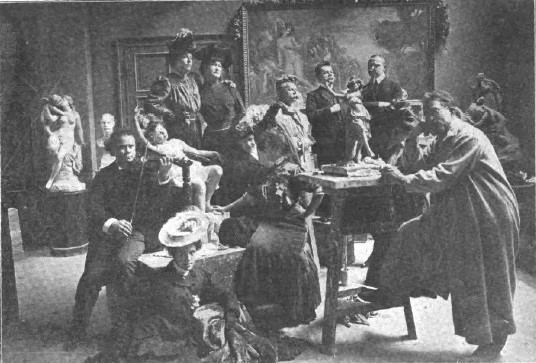
Links and Extras
- Hear more from the Smithsonian Chamber Music Society, including the society’s mission, recordings, and upcoming concerts.
- What, exactly, makes a Stradivarius violin so special? Smithsonian magazine explores why these instruments are still so prized 300 years after they were fashioned.
- Read more about Edward and Arthur Abell and the impact of their collections and connections on the violin world in an article by Cliff Hall for The Strad magazine.
- While the Baroness Carita von Horst is known to our story for producing a bill of sale for her father’s collection of violins — and for her songwriting on “Mein Baby” — she is perhaps better known to history for her dubious predictions as Hitler’s astrologer. Read more about this strange story (and see sheet music from von Horst’s operetta, Kavalier Jack) from the Operetta Research Center.
- Mr. Partello’s attempted gift was not the Smithsonian’s only chance to add a Stradivarius to the collections. In the 1990s, publisher and amateur violinist Herbert Axelrod willed a quartet of Stradivarius instruments — two violins, a viola, and a violoncello — to the Smithsonian with the strict stipulation that the instruments remain available for study and exhibition. Today, these instruments are still played by the Smithsonian Chamber Music Society.
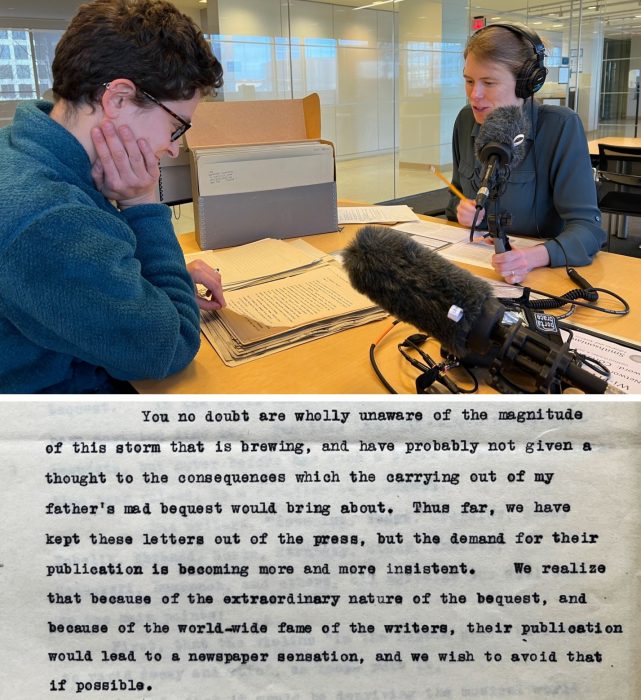
Bottom: Excerpt of the nine-page letter Adeline Abell sent to Smithsonian Secretary Charles D. Walcott on April 27, 1921, imploring Walcott to return the violins willed to the Smithsonian by her father, Dwight J. Partello, to his estate. The letter was accompanied by over a dozen similar letters from musical luminaries.
Music from this episode
- Robert Schumann Piano Quintet in E-flat Major, Op. 44
- Allegro brillante
- Robert Shumann Piano Quartet in E-flat Major, Op. 47
- Scherzo Molto Vivace
- Andante Cantabile
- Performed by the Smithsonian Chamber Players on Stradivarius instruments from the Smithsonian collection: Lambert Orkis, fortepiano; Ian Swensen & Marilyn McDonald, violins; Lisa-Beth Lambert, violin; Steven Dann, viola; Kenneth Slowik, violoncello
- Luigi Boccherini String Quintet in D Major, Op. 11/6,
- G 276, “L’Uccelliera” 2. I Pastori Ed I Cacciatori
- The Smithsonian Chamber Players: Marilyn McDonald & Jori Garrigue, violins; Anthony Martin, viola; Anner Bylsma, violoncello; Kenneth Slowik, violoncello
- Arcangelo Corelli, Trio Sonatas of Opus 3
- Trio Sonata in D Minor Op. 3 No. 5
- Trio Sonata in C Major Op. 3 No. 8
- The Smithsonian Chamber Players: Jaap Schroeder & Marilyn McDonald, violins; Kenneth Slowik, violone; Konrad Junghänel, theorbo; James Weaver, organo di legno
- Joseph Haydn, Baryton Divertimenti, Vol. 2
- Trio in A Major Hob Xi 3 Menuet
- Trio In A Major Hob Xi 3 Finale Presto
- Trio in G Major Hob Xi 49 Allegro
- Trio in D Jamor Hob Xi 114 Finale Fuga Presto
- The Esterházy Machine: Kenneth Slowik, baryton; Steven Dann, viola; Myron Lutzke, violoncello
- Carita Von Horst’s “Cavalier Jack”
- Sarabande
- Mein Baby
- Cliff Hall, keyboard; Karina Kacala vocals
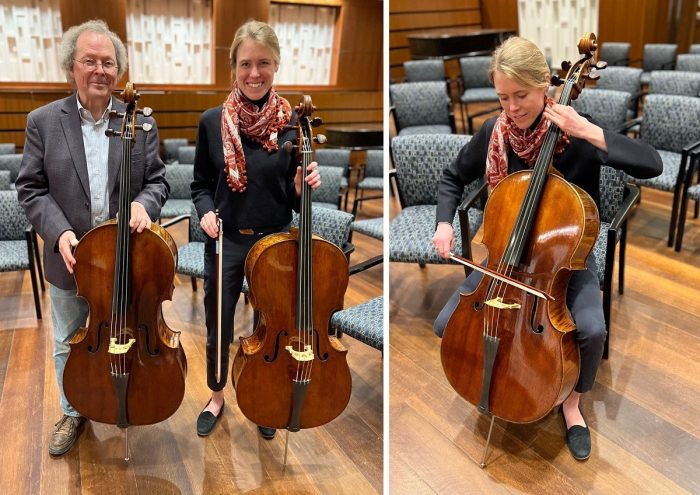
Transcript
Posted: 1 March 2023

